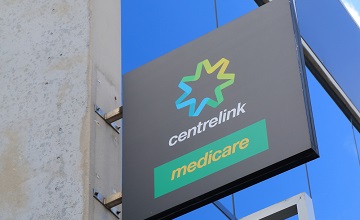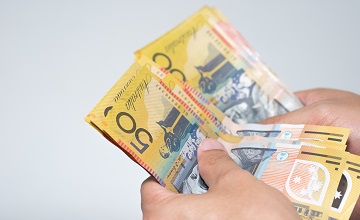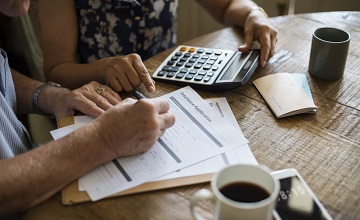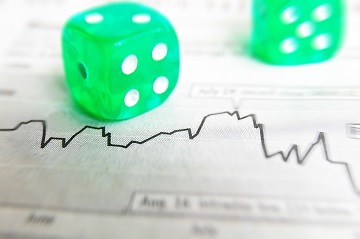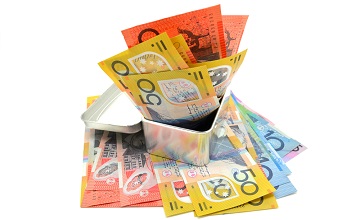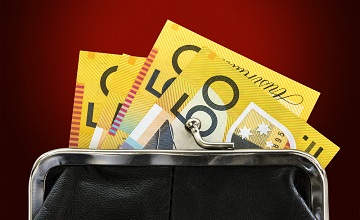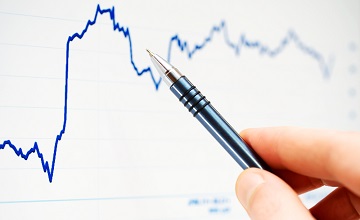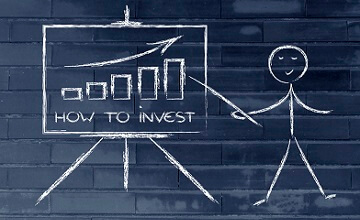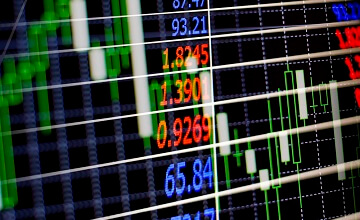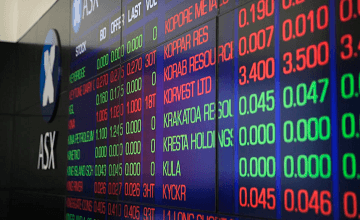Super in your 20s: Boring? Doesn’t have to be!
Superannuation is for the oldies, right? In some ways that’s true, but even in your twenties there are good reasons to take a bit more interest in your super. The average 25-year-old has around $10,000 in super, but the decisions you make now, even with relatively small sums of money, could earn you hundreds of thousands of extra dollars over your working life. Are you getting any? Earn more than $450 in any given month? Then every three months your employer should be paying 9.5% of that into your super fund. Usually you can choose your fund; if you don’t, it gets paid into a super fund of your employer’s choice. If you don’t know if your super is being paid, or the fund it’s being paid into, ask your employer. If you think you’re missing out, search ‘unpaid super’ on the tax office website (ato.gov.au) to see what you can do. This is your money. Where have you got it? Had more than one job? If you have a lot of little super accounts the money can disappear in a puff of fees and insurance premiums. Simple fix – combine your super into one account. Is it working for YOU? Your money is going to be stuck in super for a long time, so you want it to be working hard for you. Most funds offer a range of investment choices and some will do better than others. What do you want? Buying a new car. Travelling, Having fun. Let’s face it, there are lots more exciting things to do with your money than sticking it into super. The choice is yours but think about this: If Mum and Dad retired this year, they would need a minimum of around $61,909 per year to enjoy themselves. If that doesn’t sound like much now, by the time YOU retire inflation could have pushed that annual amount to around $214,248. That means you will need to have at least $3.71 million in savings! Sure you’ve got 40-plus years but that’s still a lot of money to save up! It can be done if you start early enough – and you don’t need to miss out on enjoying life now. Starting early and adding a bit extra when you can makes a big difference. Let’s work on another 40 years before you can retire. If you start now by making an extra post-tax contribution of just 1% of your annual income to super, ($350 from a $35,000 salary – and the government could add to that with a co-contribution) at an 8% investment return could add an extra $149,000 to your retirement fund. If you wait 20 years before starting to make that extra contribution, you’ll only get a boost of $49,000. $100,000 less! Continuing this small extra contribution as your salary increases will turbo boost your super fund balance. Imagine your retirement party?! So, still find super boring? That’s okay; you’re not alone. But instead of finding the time to organise all this yourself, contact us today and we will review your current super, any insurance required, the investment choices and prepare a strategy to get your super into shape – then you can get back to enjoying life! The information provided in this article is general in nature only and does not constitute personal financial advice.





